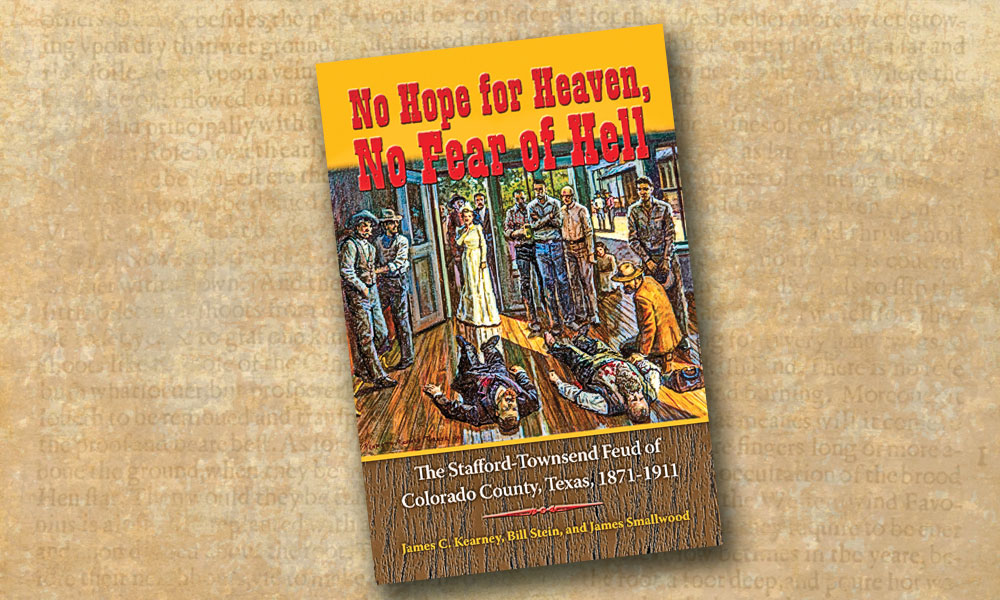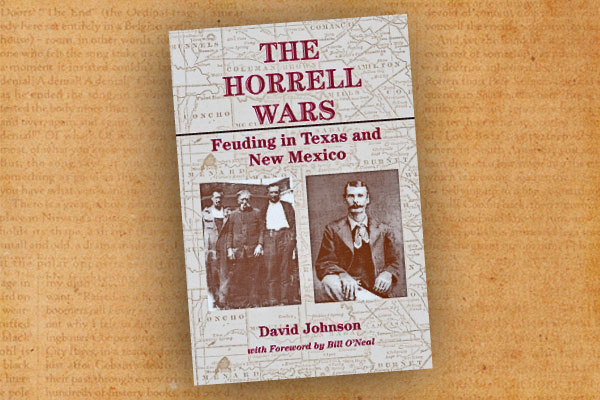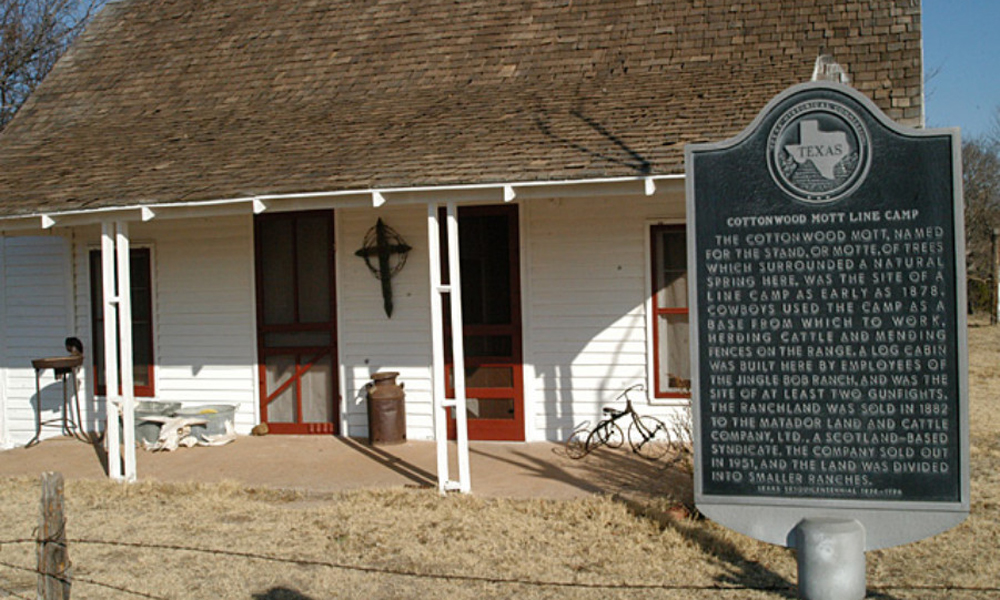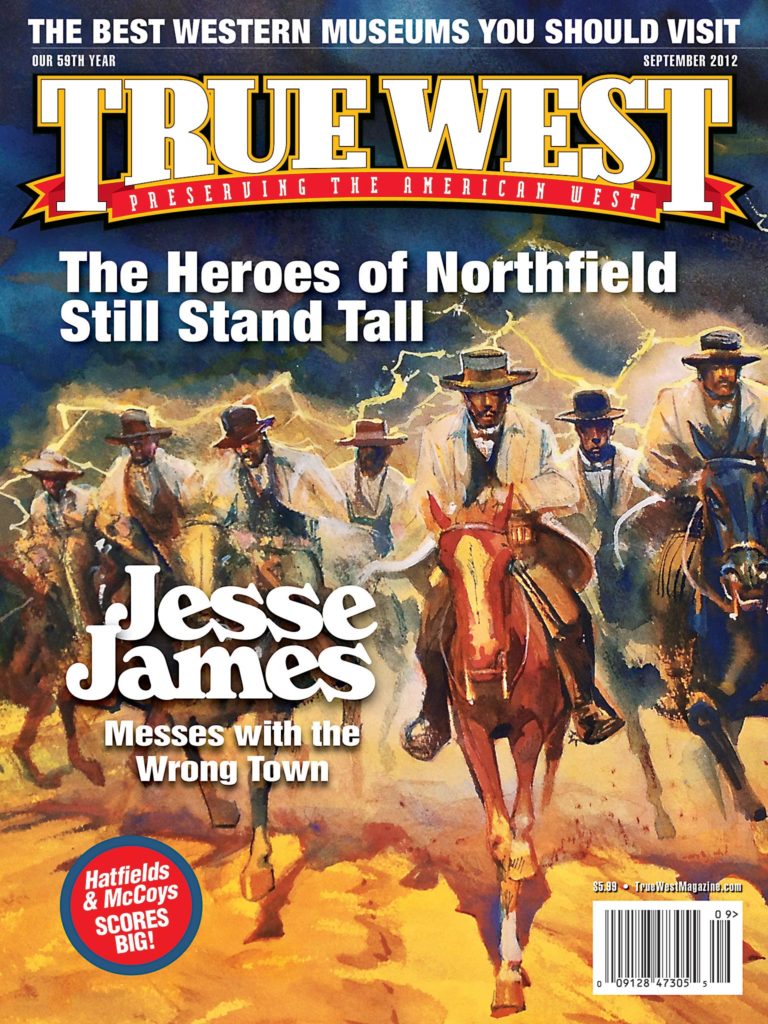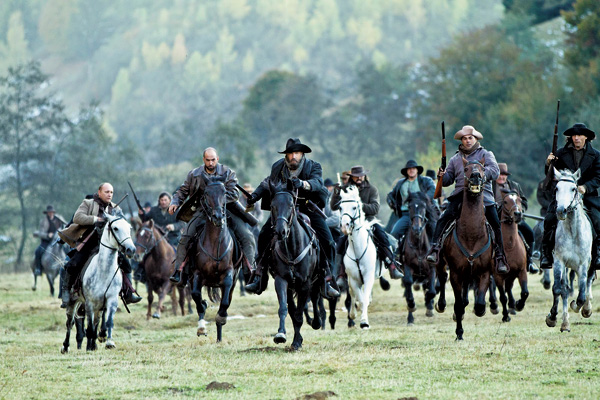 The dictionary defines a “feud” as a “long-running argument or fight between parties—often groups of people, especially families or clans.” This includes vendettas, blood feuds, private wars and, if you ask me, street rumbles, gas station price wars and long-standing neighborhood barbecue battles.
The dictionary defines a “feud” as a “long-running argument or fight between parties—often groups of people, especially families or clans.” This includes vendettas, blood feuds, private wars and, if you ask me, street rumbles, gas station price wars and long-standing neighborhood barbecue battles.
But when people think of feuds, what often comes to mind are the Hatfields and the McCoys, one family fighting with another family, the McCoys in Kentucky and the Hatfields across the Tug River over in West Virginia. How it began is debated, but it seems to have escalated over a few words, a death and a stolen pig who got butchered and et.
It’s curious because a lot more blood, rivers of blood in fact, has been shed in other places. But somehow, this feud is the defining fight of fights, and if this television season is any proof, it’s likely to stay that way.
America is in the middle of feud-mania, and most of it has to do with the Hatfields & McCoys, a three-part, six-hour mini-series that aired on the History Channel and stars Kevin Costner, Tom Berenger and Bill Paxton. Its 13.9 million viewers sat around their big screen televisions, breaking all kinds of records, and this was just the first go-round. Back in the day, people would have watched a single show or series and then waited for reruns, months or even years later. Today you can record it, see it On Demand, watch it on the channel itself and, a few months later, watch it on DVD with a vast number of features, commentaries and extended scenes. The world has changed.
But it’s not exactly clear why the show did so well. Certainly Costner’s star power had a lot to do with it, in the same way that Robert Duvall drew audiences to Broken Trail, and Duvall and Tommy Lee Jones brought in Lonesome Dove. Costner, who has always been a stoic and a minimalist as an actor, really dropped down into first gear for his portrayal of Devil Anse Hatfield, the leader of the Hatfield clan, and he stayed there. Costner’s pipe did most of his acting for him, and it worked perfectly.
Paxton has also pulled in some television recognition from his work on HBO’s Big Love, a polygamist series that ran from 2006-11. This time around, Paxton was distressingly mournful throughout the story as the opposite leader, Randall McCoy, who really got the worst of the feud in the movie and in real life.
Even Roseanna McCoy (Lindsay Pulsipher), Randall’s daughter, who had a baby by one of the Hatfields, took it on the chin.
But the most remarkable performance in the entire series featured Tom Berenger as Jim Vance, the most vicious and brutal member of the Hatfield kin. Berenger was a real surprise; I can’t remember him ever sinking his teeth so deep in a part. If I were casting the next season of FX’s Justified, I’d hire Berenger to play the character with exactly that degree and quality of Hillbilly menace.
By and large the picture was drab and muddy, both visually and emotionally. As you’d expect, the show was violent, and not in any way sexy or flash or cheap; it didn’t accomplish anything fancy in the way it was shot or designed (it’s a bit interesting that they filmed it in Romania, but not at all significant).
But what we’ve understood, if nothing else, is that there’s an audience for solid Western and Historical Dramas. People are hungry for good actors in honest and well-written stories, and Hatfields & McCoys is, and always has been, a particularly fascinating tale. It’s worth noting that this version of the feud was a painstakingly factual one—this is the History Channel, after all.
Something else that was interesting is that the series worked hard to keep the story from looking and sounding like a murderous pack of Clampett cousins, even though Costner took a detour to kill a turkey like Gary Cooper had in Sergeant York. Costner gobbling is something we haven’t seen before.
One other factor is responsible for why the picture got the response that it did, something that nobody seems to have factored in, and that was the fact that the cable station also programmed episodes of reality-television and historical features, on Pawn Stars and American Pickers and the like, to cushion the interest. Platform marketing in the basic cable tier is a powerful selling tool. But none of that would have mattered had the show stunk.
As a kind of side-bet B-movie released to jump on the feud bandwagon, Hatfields & McCoys: Bad Blood is a reasonably entertaining picture directed by Fred Olen Ray, who made 2010’s American Bandits: Frank and Jesse James. Ray is a fantastically prolific maker of low-budget movies, and while I don’t imagine that he ever takes more than a few weeks to finish a project, that doesn’t mean he doesn’t have his moments. Christian Slater is fun to watch as the Kentucky governor. Jeff Fahey is also a fine worker, and his Devil Anse Hatfield stands his ground. The movie is available as a standard DVD and a Blu-ray, and it is likely available in the usual cable pay formats. If it isn’t, it certainly will be soon. This film is worth watching as a footnote to the superior, and longer, version.
Speaking of home viewing options, the Blu-ray and standard version of the Costner-starring Hatfields & McCoys became available at the end of July. For the truly ambitious, newly-minted Hatfield-McCoy Feud fanatics, I recommend you also watch Roseanna McCoy, a 1949 movie that works as a sort of hayseed Romeo & Juliet, and the 1975 made-for-TV movie starring Jack Palance as Devil Anse. Another good film worth seeing is Buster Keaton’s silent 1923 comedy, Our Hospitality, about the “Canfields” and the “McKays.” Like most silent Keaton features, it’s a joy.
As for other real-life feuds, my favorite Old West family feud is the Pleasant Valley War, mostly because the 1880s feud between the sheepherding Tewksburys and cattle-raising Grahams took place just east of Payson, Arizona, and because Matt Dillon got into it. The retired marshal, played by James Arness, landed right in the middle of the war in the 1992 CBS movie Gunsmoke: To the Last Man.
Of course, range wars are the meat and potatoes of a million great Westerns, whether they were about sheep, cattle, sodbustin’ or nothing at all. History has proven that feuds have started over nothing whatsoever—a spilled drink or a Civil War. The 1940 film The Westerner, 1953’s Shane, William Boyd in 1939’s Range War, 1958’s The Sheepman—there are thousands of movies; one man’s war is another man’s feud.
Some other tough feuds: The Lincoln County War, the Johnson County War (speaking of Tom Berenger), the Slicker War in Missouri and the Sutton-Taylor Feud, which has been called the longest, bloodiest war in Texas (John Wesley Hardin took a hand in it). Then, of course, there’s Tombstone’s Gunfight Behind the O.K. Corral and the subsequent Earp Vendetta Ride.
In all of these feuds, the fighting wasn’t legend, it was real, with markers and stones littered across the land.


